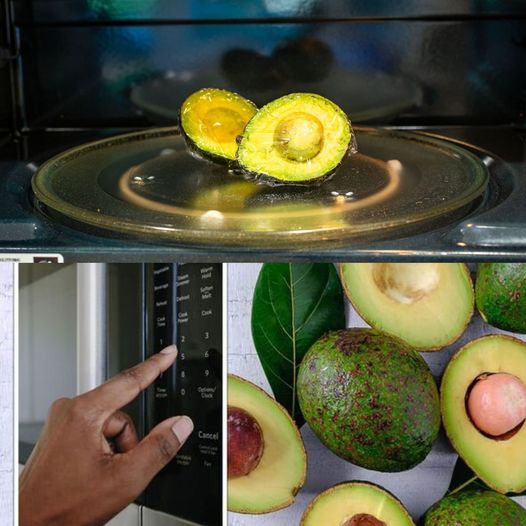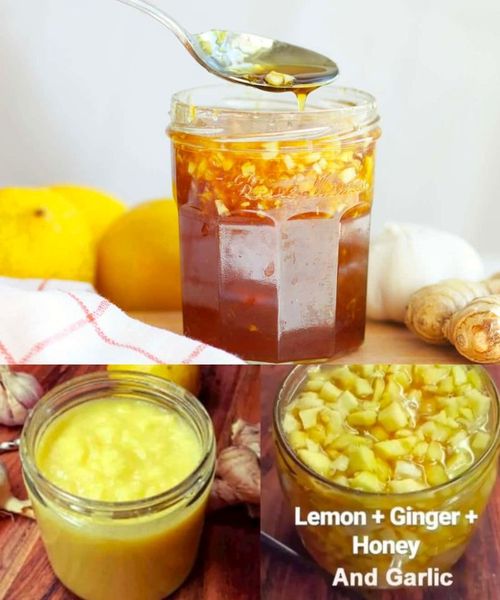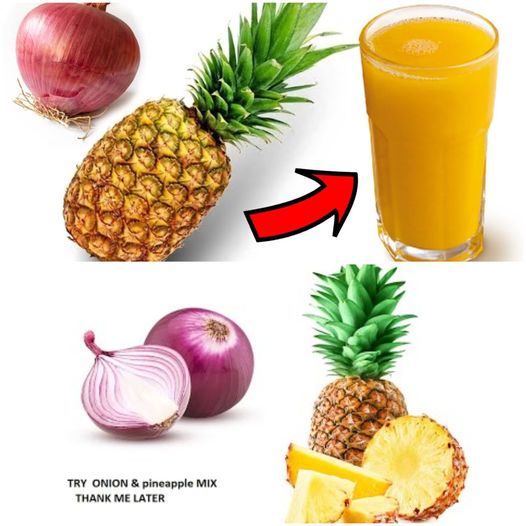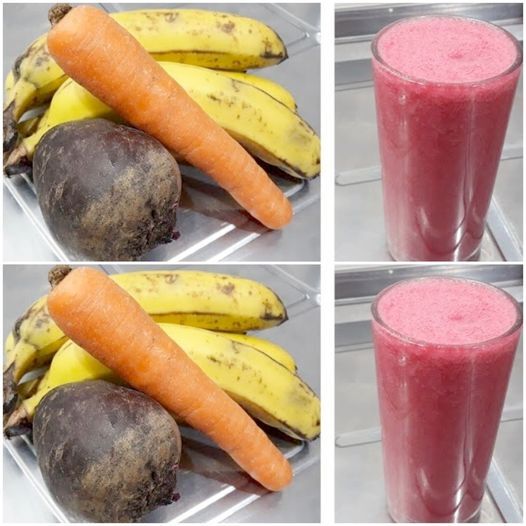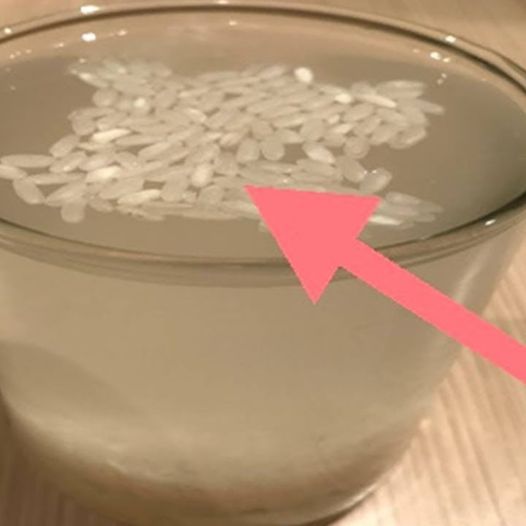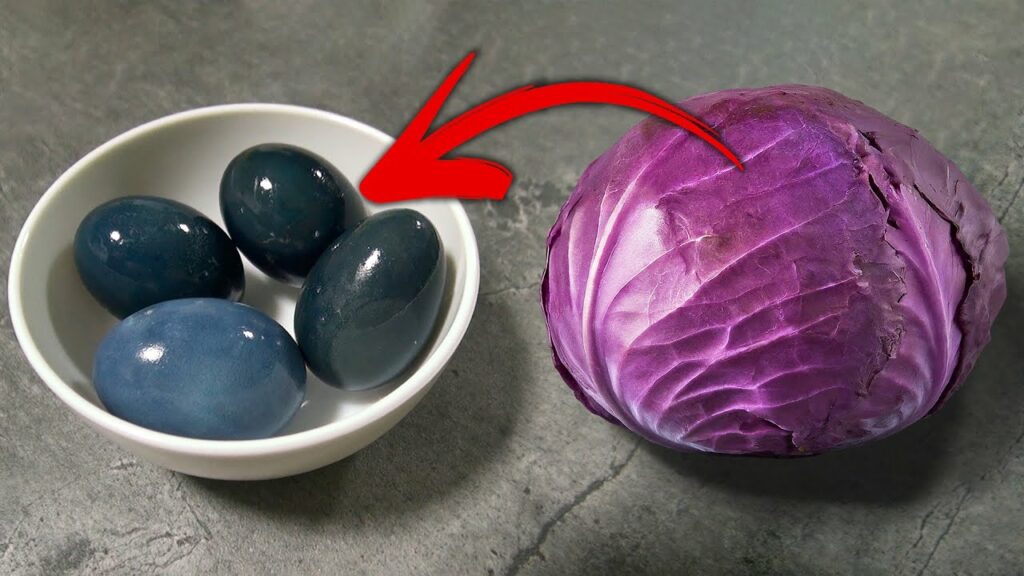
As Easter approaches, many of us look forward to the tradition of dyeing eggs in vibrant colors to celebrate the season. While store-bought egg dyes are readily available, why not try a more natural approach using ingredients you may already have in your kitchen? Cabbage, with its stunning array of hues, can be transformed into a natural dye that yields beautifully colored Easter eggs. Let’s explore how you can harness the power of cabbage to create stunning and unique Easter eggs.
The Magic of Cabbage as a Natural Dye:
Cabbage may seem like an unlikely candidate for dyeing Easter eggs, but its natural pigments can produce an array of lovely colors, ranging from pale blue to deep violet. The key to extracting these vibrant hues lies in the anthocyanins present in red cabbage, which are responsible for its rich coloring.
How to Make Cabbage Dye:
-
Prepare the Dye Solution: Start by chopping a head of red cabbage into small pieces and placing them in a pot. Cover the cabbage with water and bring the mixture to a boil. Reduce the heat and simmer for about 30 minutes to extract the color from the cabbage.
-
Strain the Solution: Once the cabbage has simmered, strain the liquid into a separate container, discarding the solid cabbage pieces. You should be left with a vividly colored liquid that will serve as your natural dye.
-
Dyeing the Eggs: To dye your Easter eggs, simply place hard-boiled eggs into the cabbage dye solution and allow them to soak for at least 30 minutes to achieve the desired color intensity. For deeper hues, you can leave the eggs in the dye solution for longer or repeat the dyeing process multiple times.
-
Variations: Experiment with different shades by adding a splash of vinegar to the cabbage dye solution for a more acidic environment, which can alter the color of the eggs. You can also create unique patterns and designs by wrapping the eggs with rubber bands or stickers before dyeing them.
Final Touches:
Once your eggs have achieved the desired color, remove them from the dye solution and allow them to dry completely. You’ll be delighted to discover a beautiful array of naturally dyed Easter eggs, each one showcasing the unique and vibrant hues of cabbage.
In Conclusion:
Dyeing Easter eggs with cabbage is not only a fun and creative activity but also a sustainable and natural alternative to store-bought dyes. With just a few simple ingredients and a little creativity, you can create stunning Easter eggs that celebrate the beauty of nature and add a touch of charm to your holiday festivities. So why not give cabbage dyeing a try this Easter and delight in the magic of natural colors?

